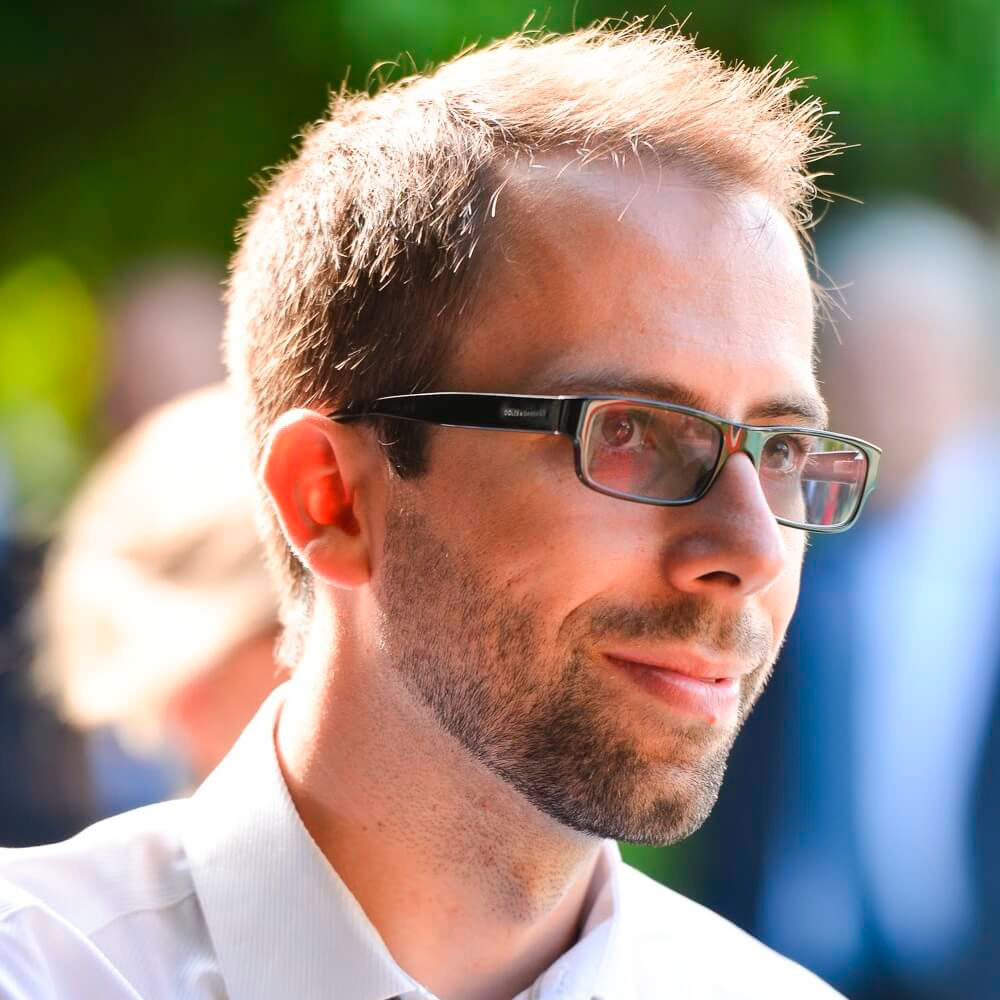
#IDIBELLseminars: Open technologies in the quest for nanoscale live-cell imaging
Ricardo Henriques
Instituto Gulbenkian de Ciência
03/11/2023
13:00-14:00
Sala Pau Viladiu
Resum
Quantitative microscopy techniques such as super-resolution imaging are made possible by computational analysis. Our open-source platforms are designed to improve live-cell and super-resolution microscopy and to assist researchers in obtaining accurate data. We created the NanoJ ecosystem specifically for super-resolution microscopy and analysis. In this presentation, I will introduce our latest method, “enhanced Super-Resolution Radial Fluctuations” (eSRRF), and its integration with real-time controlled microfluidics live-to-fix cell imaging, known as NanoJ-Fluidics. I will also discuss the application of real-time quality control on predicted super-resolution images using SQUIRREL. Furthermore, I will introduce ZeroCostDL4Mic, a platform that utilizes free cloud computing for Deep Learning analysis of biological images, enabling segmentation and detection without coding expertise. New tools such as NanoPyx find application in studying eukaryotic and prokaryotic cells and in single-molecule localization microscopy data analysis.
Hosted by Esteban Hoijman – Embryonic Cell Bioimaging group
Biografia
Prof Ricardo Henriques graduated in Physics, specializing in biophotonics and robotics. After completing his PhD in 2011, he developed super-resolution microscopy technologies at the Musa Mhlanga lab and pursued postdoc research at Institut Pasteur Paris, studying HIV-1 T-cell infection through nanoscale imaging in the Christophe Zimmer lab. In 2013, he established his first research group at University College London (UCL), with a dual emphasis on developing new imaging technologies and cell biology research. In 2017, he extended his group to the Francis Crick Institute. In 2019, he was promoted to full Professor at UCL and became Co-Director of the Wellcome Trust Optical Biology PhD Program. He moved his laboratory to Instituto Gulbenkian de Ciência in Portugal in 2020. His group uses optical and computational biophysics to study cell biology and host-pathogen interactions. His core philosophy has been to make his research reproducible, transparent, and open-source.
